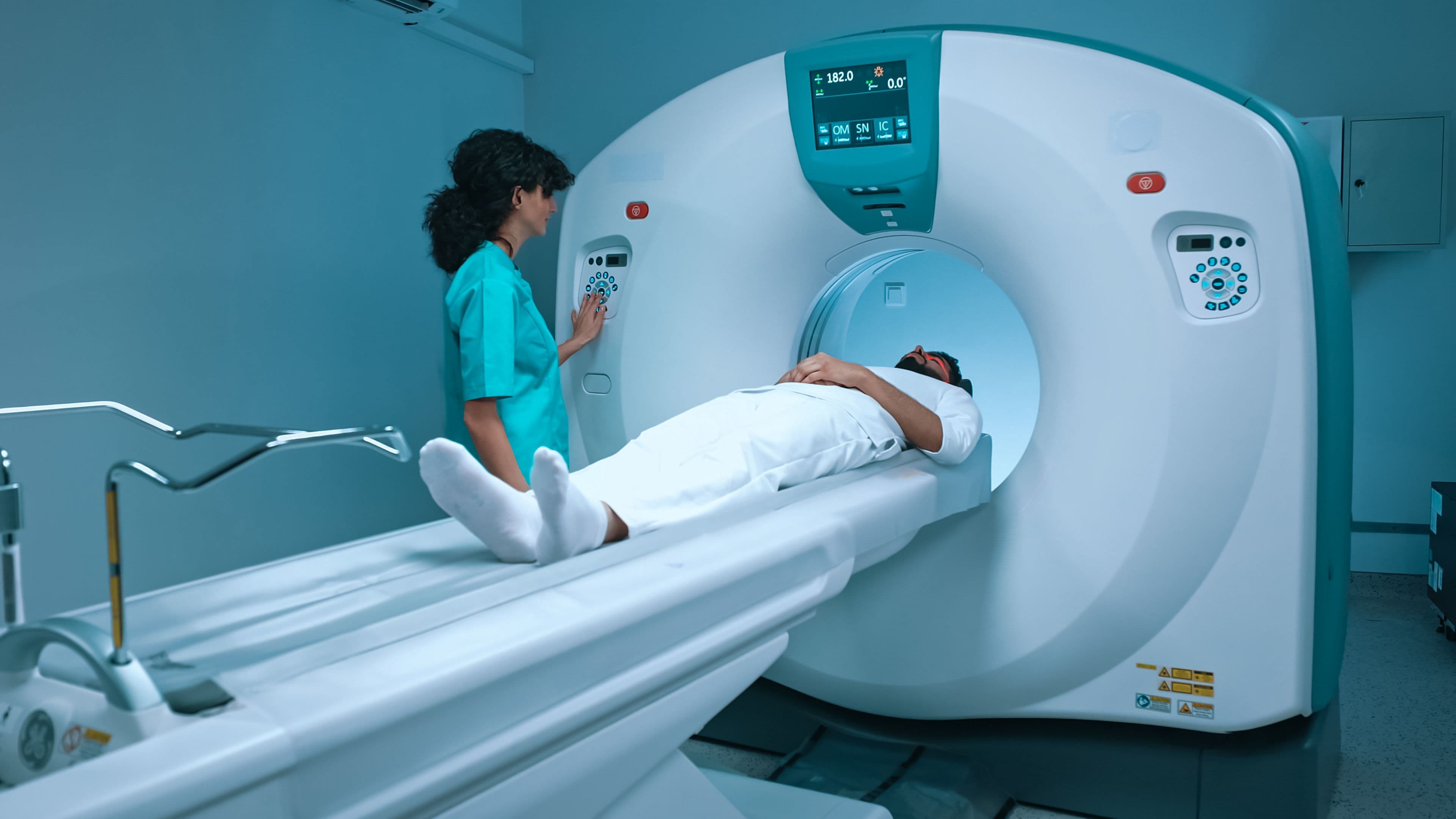Imaging Center Partnerships
Imaging Center Collaborations: Bringing Cutting-Edge Neuroimaging to More Patients
Here are the articles for Brain Mapping Solutions in English, following your preferred format: 1. Location-Specific Injury Identification: Precision in Brain Injury Diagnostics In the field of neurology, precise identification of brain injuries is critical for effective treatment. Brain Mapping Solutions provides advanced neuroimaging technology that allows medical professionals to pinpoint specific injuries in the brain with great accuracy. This capability is particularly valuable in diagnosing conditions such as traumatic brain injuries, injuries from accidents, and neurodegenerative diseases. Key Features of Location-Specific Injury Identification: Advanced MRI and DTI post-processing technology Ability to pinpoint brain injuries related to cognitive or behavioral deficits Improved diagnostic accuracy for complex brain conditions Facilitates targeted treatment plans for patients By offering this level of detailed imaging, Brain Mapping Solutions enables healthcare providers to tailor treatment to the specific areas of the brain that have been impacted. This approach not only improves the accuracy of diagnoses but also helps doctors develop more effective rehabilitation strategies. Incorporating this technology into standard medical practices allows for a more proactive approach to treating brain injuries, where early detection and precise localization can significantly influence patient outcomes. Whether for traumatic brain injuries or other neurological conditions, Brain Mapping Solutions' technology enhances the ability of medical professionals to make informed decisions. 2. Cognitive and Behavioral Impact Analysis: Understanding Brain Function Brain injuries often result in cognitive and behavioral changes that can be difficult to diagnose with traditional methods. Brain Mapping Solutions specializes in analyzing the cognitive and behavioral impacts of brain injuries, linking specific injury locations to observable changes in behavior and cognitive function. This allows medical professionals to better understand the full scope of a patient's condition. Key Aspects of Cognitive and Behavioral Impact Analysis: Assessment of how specific brain injuries affect cognition and behavior Utilizes advanced neuroimaging to correlate brain function with injury Provides insights into memory, attention, and executive function deficits Helps in developing targeted cognitive rehabilitation plans This type of analysis is crucial for patients who suffer from traumatic brain injuries, strokes, or neurodegenerative diseases, as it provides a deeper understanding of how their brain injuries are affecting their day-to-day life. Brain Mapping Solutions’ technology goes beyond simply identifying the injury—it explains how these injuries are impacting the patient’s cognitive and behavioral health. By integrating cognitive and behavioral data with neuroimaging results, healthcare providers can create personalized treatment plans that address both the physical and functional aspects of a brain injury. This approach helps improve the quality of life for patients and provides a clear path for recovery. 3. Imaging Center Partnerships: Expanding Access to Advanced Neuroimaging Brain Mapping Solutions has established partnerships with over 100 imaging centers across the United States, ensuring that advanced neuroimaging technology is widely accessible to medical professionals and their patients.

October 10, 2024
|
Brain Mapping Solutions Team
Brain Mapping Solutions, founded by Dr. David R. Patterson, has established partnerships with over 100 imaging centers across the United States. These collaborations ensure that advanced neuroimaging technology is widely accessible, allowing medical professionals to provide more accurate diagnoses and better care for their patients.
Benefits of Partnering with Brain Mapping Solutions:
- Access to advanced neuroimaging software for precise brain injury identification
- Integration of cutting-edge technologies like MRI and DTI post-processing
- Full technical support and training for imaging center staff
- Enhanced diagnostic capabilities for a wide range of neurological conditions
Dr. Patterson’s experience in neuroimaging has been instrumental in forming these partnerships, which enable imaging centers to utilize Brain Mapping Solutions' state-of-the-art software. His vision of making advanced brain diagnostics more accessible has transformed the way brain injuries are diagnosed and treated across the country.
How Brain Mapping Solutions Supports Cognitive and Behavioral Impact Analysis
Brain Mapping Solutions offers advanced imaging technology that helps medical professionals link brain injuries to cognitive and behavioral deficits, providing clarity in diagnosis and treatment planning.
Location-Specific Injury Identification: Revolutionizing Brain Injury Diagnosis
This article highlights the importance of accurately identifying the location of brain injuries. It explains how Brain Mapping Solutions uses advanced imaging technology to pinpoint injury locations, helping medical professionals develop better treatment plans for their patients.
Imaging Center Partnerships: Expanding Access to Advanced Neuroimaging with Brain Mapping Solutions
Brain Mapping Solutions has established strong partnerships with over 100 imaging centers across the United States, ensuring that advanced neuroimaging technology is accessible to more people. These partnerships allow for more accurate diagnosis and treatment of brain injuries, empowering healthcare providers and patients alike.
PRISM Imaging: Advanced Detection for Brain Health
Brain Mapping Solutions offers PRISM Imaging, a state-of-the-art neuroimaging tool that enhances the detection of traumatic brain injuries, seizures, CNS neoplasms, and neurodegenerative diseases.
HIPAA-Compliant Secure System: Ensuring Advanced Protection for Patient Data
Brain Mapping Solutions, led by Dr. David R. Patterson, offers a HIPAA-compliant, secure cloud-based system for storing and sharing patient imaging data. This ensures that patient information is fully protected while remaining accessible to authorized medical professionals.